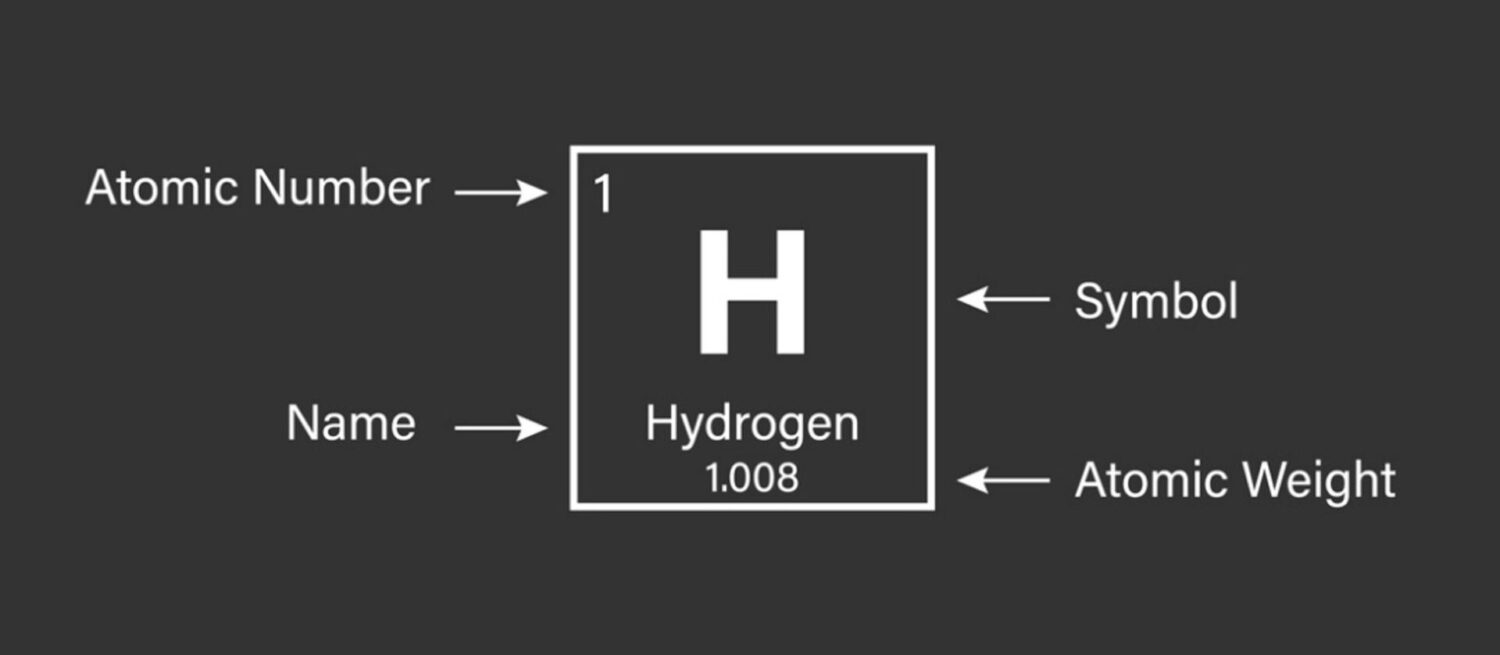

Considerations For Cryogenic Hydrogen Storage
The lightest element in the periodic table, hydrogen (H), is used for weather balloons, processing petroleum products, glass production, and heat-treating furnaces for steel production. As a highly flammable gas, hydrogen is commonly used in a variety of chemical processes, such as hydrogen fuel cells to power cars and in fuel celled forklifts. Hydrogen’s popularity is increasing because it’s reliable, versatile, and can be produced in different ways.
The terms cryogenic hydrogen and liquid hydrogen are used interchangeably, referring to liquefying hydrogen gas and storing it at extremely cold temperatures (around -253 degrees Celsius). Cryogenic hydrogen storage provides a better energy density compared to storing hydrogen as a compressed gas. Liquid hydrogen is noncorrosive, but since it’s stored at such cold temperatures, storge equipment must be carefully designed with materials that can withstand these conditions. Several factors and parameters must be considered and utilized to ensure maximum safety.
Considerations For a Cryogenic Hydrogen Storage System
The safety considerations and hazards related to storing hydrogen as a gas also apply to liquid hydrogen because of how easily it evaporates. Hydrogen is highly flammable and can be a fire or explosion hazard if not properly stored. Further, the cold storage temperatures add a layer of complexity, as exposure to the extreme temperatures during handling can be dangerous. These are some components used to ensure maximum safety in storage systems:
- – Vessel safety relief valve
- – Line safety relief valve
- – Flame detector
- – Smoke detector
- – Hydrogen leak detector
- – Ventilation
- – Hydrogen sensors
Liquid hydrogen is normally stored on-site, and in storage systems that are selected according to usage rate and pressure. Most storage tanks are cylindrical in shape and placed horizontally. Standard tank sizes can range from 525 gallons to 25,000 gallons. Tanks should be designed to American Society of Mechanical Engineers (ASME) specifications, which include being vacuum insulated with pressure relief valves.
Cryogenic Hydrogen Storage Compliance
The storage system should also comply with standards from these entities:
- – ASME Boiler and pressure vessel code
- – US DOT (Department of Transportation) Pressure and temperature codes
- – ANSI (American National Standards Institute) Pressure and piping code
In addition to the physical storage unit, there are location requirements. The DOE (Department of Energy) requires that all cryogenic liquid storage units comply with the following:
- – Storage sites should be fenced to prevent unauthorized personnel and post signs that warn, “Liquified Hydrogen Flammable Gas -No Smoking – and No open Flames”.
- – Weeds or similar combustibles should not be permitted within 25 feet of any liquified hydrogen equipment.
- – The container and associated piping should be electrically bonded and grounded.
- – Surfaces below liquid hydrogen should be constructed from noncombustible materials.
- – Any protective walls should be constructed of noncombustible materials.
- – Electrical wiring and equipment should maintain a proper distance from storage units.
- – Adequate lighting should be provided for nighttime operations.
Implementing safety policies and procedures are extremely important to ensure employees are safe and to stay compliant. Cryogenic hydrogen is an effective solution when high volumes of hydrogen are required and ensuring the utilization of proper storage tanks can make all the difference between a successful operation and safety hazard.
Hydrogen at Rocky Mountain Air
Rocky Mountain Air offers liquid or compressed hydrogen in various concentrations and purities. We also offer bulk hydrogen options for our partners, such as tanks and trailers, and scheduled refills for such applications. Cryogenic bulk tanks are installed on-site and sized based on monthly usage. They are built with the thermal efficiency to maintain liquid for 3 to 4 weeks before refill. We use telemetry units to get notified when the tank is low. Contact your local branch today in Colorado, Utah, Idaho, Wyoming, or Nebraska to discuss your hydrogen uses, or to set up a usage evaluation. We look forward to serving you with flawless dependability!



